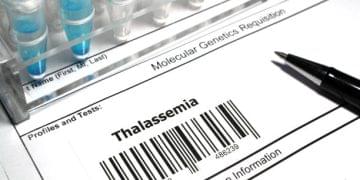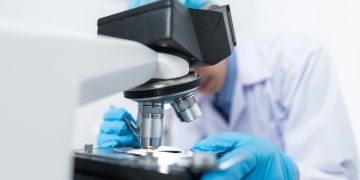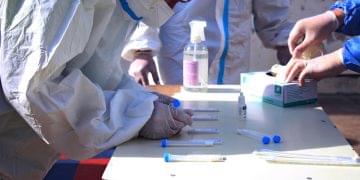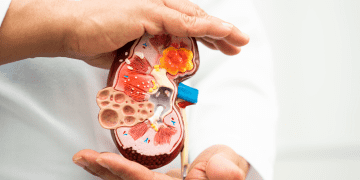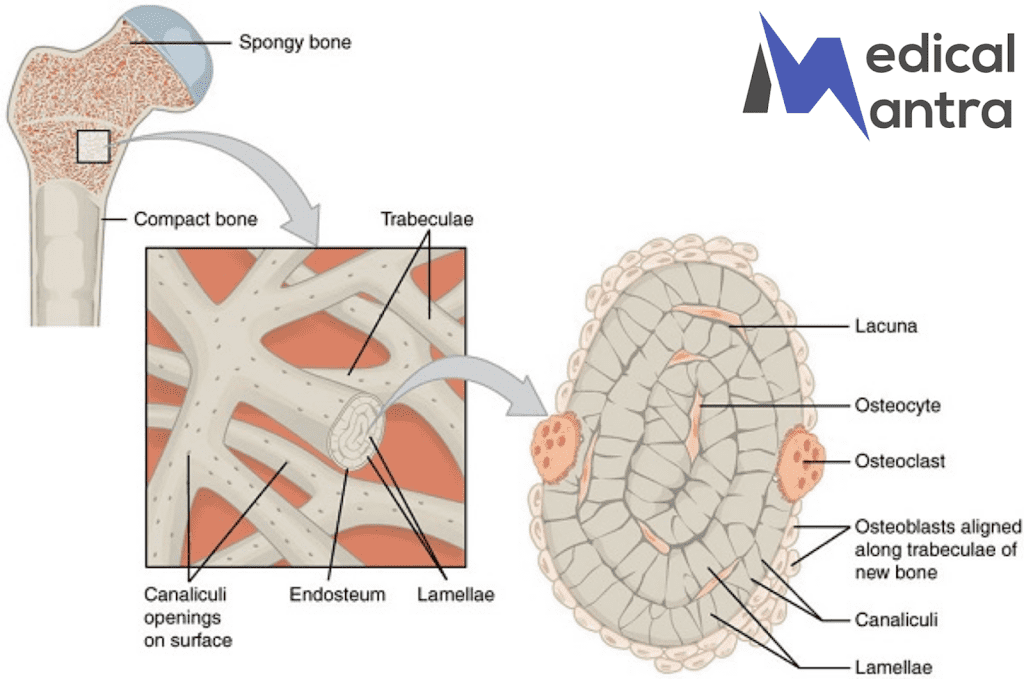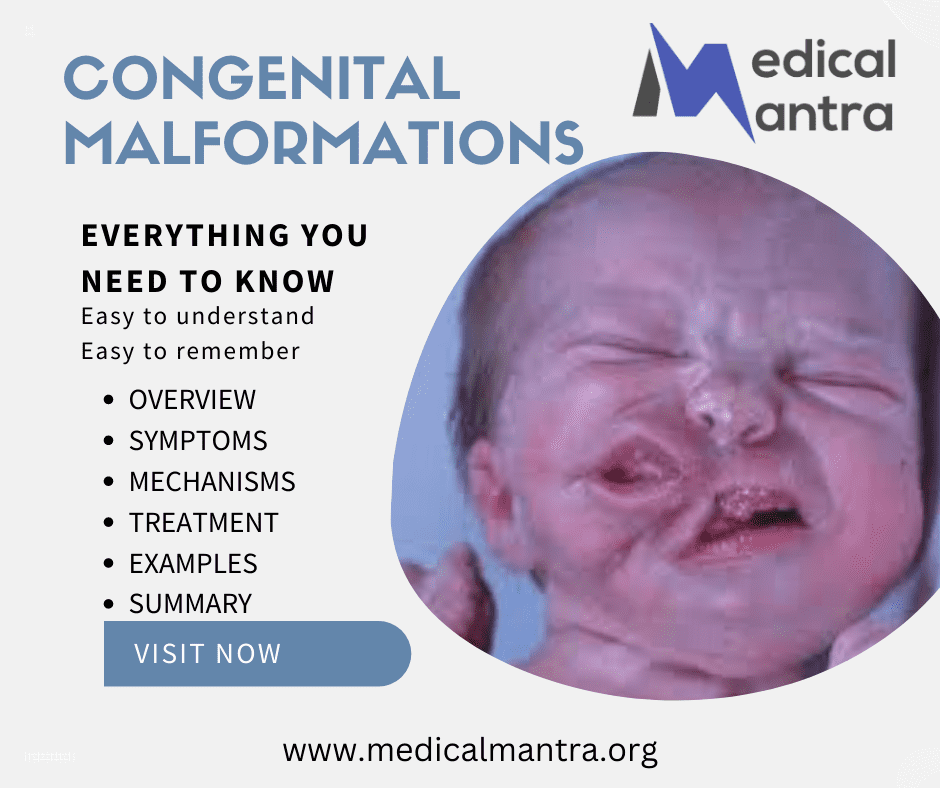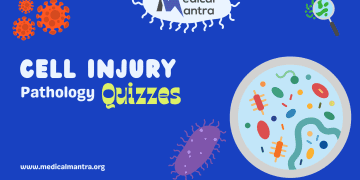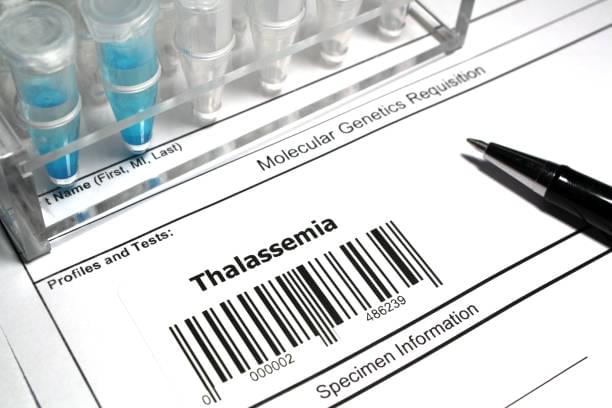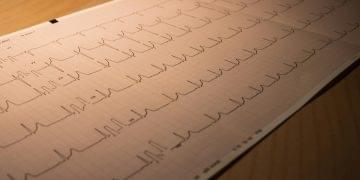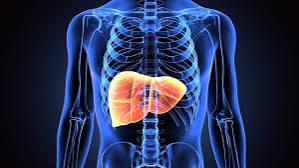What is Patau Syndrome (Trisomy 13)?
Patau Syndrome, also known as Trisomy 13, is a rare chromosomal disorder caused by the presence of an extra copy of chromosome 13. With a prevalence of approximately 1 in 10,000 to 1 in 20,000 live births, it represents one of the most severe forms of autosomal trisomies. This article offers a comprehensive clinical, molecular, and diagnostic overview of Patau Syndrome, focusing on current research developments, genotype-phenotype correlations, survival outcomes, and ethical considerations surrounding prenatal diagnosis and management.
What in this Article
Key Highlights
- ✅ Caused by an extra chromosome 13 (full, partial, or mosaic).
- ✅ Common features include cleft palate, brain malformations, heart defects, and polydactyly.
- ✅ Most infants with Patau syndrome do not survive beyond the first year.
- ✅ Early prenatal diagnosis is possible with NIPT, amniocentesis, or CVS.
- ✅ Research is ongoing into gene therapy, iPSC models, and ethical care planning.
Causes of Patau Syndrome
Patau Syndrome happens due to nondisjunction, where chromosomes fail to separate properly during cell division. This results in:
- Full Trisomy 13 (most common): All cells have an extra chromosome 13.
- Mosaic Trisomy 13: Only some cells carry the extra chromosome.
- Partial Trisomy 13: A segment of chromosome 13 is duplicated due to a Robertsonian translocation.
🔬 Genetic Hotspots Involved
- ZIC2 gene (13q32): Linked to holoprosencephaly (brain defect).
- RB1 gene (13q14): Associated with tumor suppression and developmental issues.
- Sonic Hedgehog (SHH) pathway: Disruption leads to craniofacial and organ abnormalities
Common Symptoms of Patau Syndrome
Patau syndrome causes a wide range of birth defects affecting the brain, heart, face, limbs, and internal organs. Common features include:
🧠 Brain & Neurological Issues
- Holoprosencephaly: Brain fails to divide into two hemispheres
- Seizures
- Severe intellectual disability
- Microcephaly (small head)
👶 Facial Abnormalities
- Cleft lip and/or palate
- Small or missing eyes (microphthalmia/anophthalmia)
- Malformed, low-set ears
❤️ Heart Defects
- Ventricular septal defect (VSD)
- Atrial septal defect (ASD)
- Dextrocardia
- Patent ductus arteriosus
✋ Limbs and Genitals
- Polydactyly (extra fingers/toes)
- Clenched fists
- Rocker-bottom feet
- Undescended testicles
🧬 Other Physical Findings
- Scalp defects (cutis aplasia)
- Polycystic kidneys
- Umbilical hernia or omphalocele
How is Patau Syndrome Diagnosed?
🧪 Prenatal Diagnosis
Early detection is possible through:
- NIPT (Non-Invasive Prenatal Testing): Uses maternal blood to detect fetal DNA.
- Ultrasound Findings: Detects physical anomalies like brain malformations or heart defects.
- Chorionic Villus Sampling (CVS) or Amniocentesis: Confirms diagnosis via karyotyping or FISH.
🧬 Postnatal Testing
After birth, diagnosis is confirmed through:
- Karyotype Analysis: Identifies trisomy in cells.
- Chromosomal Microarray (CMA): Detects partial or mosaic trisomy.
- Whole Genome Sequencing (WGS): Used in research to explore gene-level defects.
Patau Syndrome vs Other Trisomies
| Feature | Trisomy 13 (Patau) | Trisomy 18 (Edwards) | Trisomy 21 (Down) |
|---|---|---|---|
| Survival Rate | <10% beyond 1 year | <10% beyond 1 year | >90% beyond 50 years |
| Brain defects | Holoprosencephaly | Microcephaly | Mild cognitive impairment |
| Cleft lip/palate | Common | Rare | Rare |
| Polydactyly | Common | Rare | Rare |
| Heart defects | Common | Very common | Common |
Read more details about Edward’s Syndrome and Down syndrome
Treatment and Care for Patau Syndrome
There is no cure for Patau Syndrome. Medical care is focused on supportive and palliative treatment.
👶 Neonatal Care
- Stabilization of breathing and feeding.
- Management of seizures and cardiac failure.
- Gentle handling and comfort-based care.
🏥 Surgical Interventions (in selected cases):
- Cardiac surgery
- Cleft palate repair
- Feeding tube placement
⚠️ Note: These are rarely pursued due to poor overall prognosis. Decisions must involve ethical counseling.
Prognosis and Survival Rates
- Median survival: 7 to 10 days.
- 90% of infants die within the first year.
- A few mosaic or partial trisomy cases may live longer with profound disabilities.
Genetic Counseling for Families
🧬 Recurrence Risk:
- Full Trisomy 13: <1% recurrence risk.
- Translocation cases: Up to 10-15% (if parent is a carrier).
💡 Reproductive Options:
- Preimplantation Genetic Testing (PGT-M) for IVF.
- Prenatal screening in future pregnancies.
- Donor gametes or adoption (for high-risk couples).
Recent Research and Future Outlook
🔬 Latest Research Areas:
- Single-cell genomics to understand mosaic effects.
- CRISPR-based models in mice and zebrafish to study gene function.
- iPSC (Induced Pluripotent Stem Cell) research to test potential treatments.
🔄 Emerging Approaches:
- Epigenetic regulation studies (methylation defects).
- Personalized care models and predictive outcome algorithms.
- Ethical AI use in prenatal decision-making.
FAQs on Patau Syndrome
Q. Can babies with Patau syndrome survive?
Ans. Most do not survive beyond the first year, but rare mosaic or partial trisomy cases may live longer with significant disabilities.
Q. Is Patau syndrome inherited?
Ans. Most cases are not inherited, but some may involve translocations passed down from a parent.
Q. How can it be prevented?
Ans. There is no way to prevent it, but prenatal screening and genetic counseling can help guide decisions in high-risk pregnancies.
Conclusion
Patau Syndrome is a devastating genetic condition that presents major challenges for families and healthcare providers. With early diagnosis, compassionate care, and continued research, we can offer better support to affected families while expanding our understanding of human genetics and development.
📚 References
- Patau K, Smith DW. A New Chromosomal Syndrome. Lancet. 1960.
- Carey JC. Trisomy 13: Comprehensive Review. Pediatr Clin North Am. 2015.
- Vora NL. Advances in Non-invasive Prenatal Testing. Ann Rev Med. 2017.
- Takahashi N et al. Neural Cell Modeling of Trisomy 13. Genomics. 2022.
Online References for Patau’s Syndrome
- MedlinePlus – U.S. National Library of Medicine
URL: https://medlineplus.gov/genetics/condition/trisomy-13/ - NHS – UK National Library
- URL: https://www.nhs.uk/conditions/pataus-syndrome/


